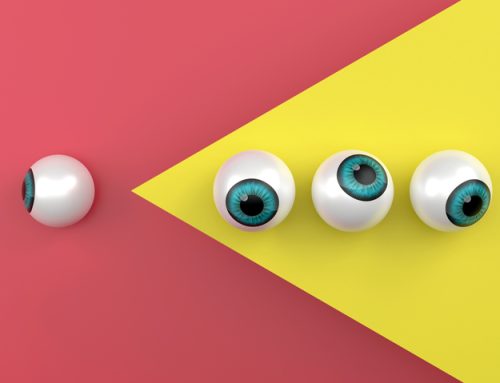The internet is big, complex, and impossible to sum up in a few words, everything in Digital Marketing is a funnel.
But, in terms of digital marketing activities, it’s as easy as a succession of funnels. Numerous advertising platforms can be regarded of as “funnels” that lead customers to buy something. Brands should consider the web, their social media pages, content, and websites as a series of funnels within a broader funnel.
To take this a step further, this principle is woven into every part of marketing. The funnel includes billboards, advertising, radio jingles, and product placement. Each of these cases has a distinct goal to consider. It funnels all the way to the bottom.
The concept of a “funnel” in marketing is straightforward. Customers who are unfamiliar (or just faintly familiar) with a brand’s goods and services are at the funnel’s widest point. Customers that have made a purchase (or whichever a brand wishes to define a successful encounter) have progressed to the other side of the funnel.
Lead generation, lead grooming, and sales are the three stages of the marketing funnel.
The “Awareness” stage is when you generate leads. This is the broadest area of the funnel, and it usually refers to the most widely distributed marketing initiatives. This is where the majority of potential consumers are, and also the goal is to move as many of them down the funnel as possible.
The terms “Interest” and “Consideration” are used to describe lead nurturing. These are the stages where potential clients have expressed an interest in doing business with you. They might have, for example, placed an item to their shopping or signed up for email notifications. Targeted emails and free trial offers are examples of marketing activities aimed at clients at this stage of the funnel.
“Intent,” “Evaluation,” and finally “Purchase” make up the Sales sector. In-depth education, such as demos and product comparisons, is the focus of marketing efforts here. These are customers who require additional information before committing to a purchase, particularly when a significant amount of time or money is involved.
It’s critical to comprehend not only where a piece of content fits into the overall funnel
Also how that piece of information creates its own buyer journey. A well-designed website, for example, will direct users in a specified direction. By capturing attention and communicating to customers on an emotional level, the homepage will often cast the biggest net. The user is then sent to further informative websites that will assist them in making a purchasing decision.
Posts on social media should also serve as small funnels. A user’s attention must be drawn to images or videos. The descriptions on social media can then be used to guide potential clients through the purchasing process. Everything is a funnel, as the saying goes.
This mindset enables not only great marketing material, but also synergy across a brand’s various channels. Some content is aimed at introducing the business, whereas others are remarketing campaigns. You can reach out to us here if you’re seeking for innovative ways to develop marketing funnels for your business.
Contact Seattle Advertising for your Digital Marketing needs!





